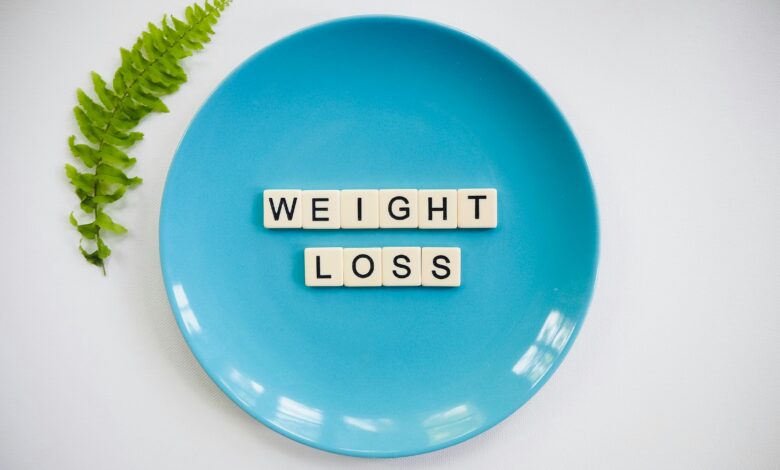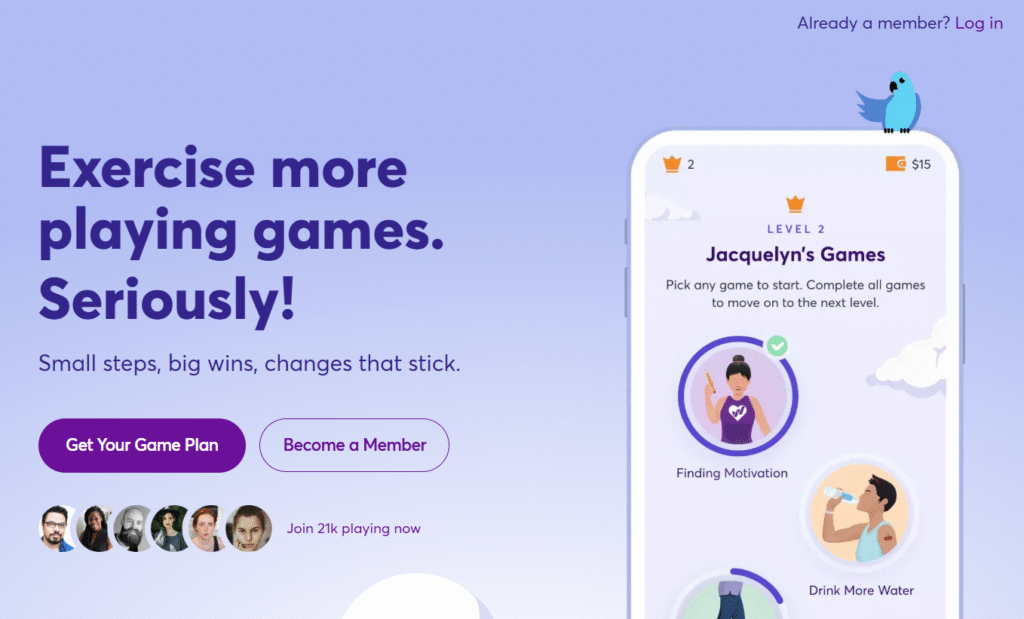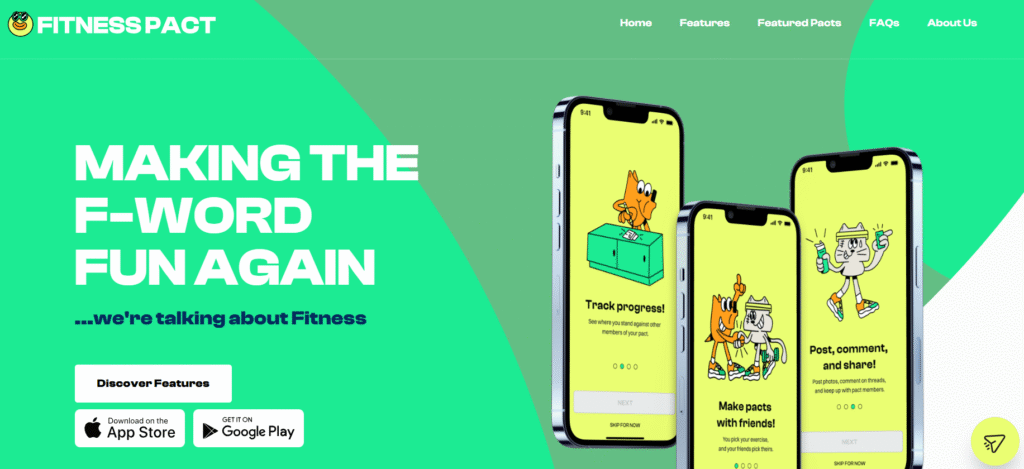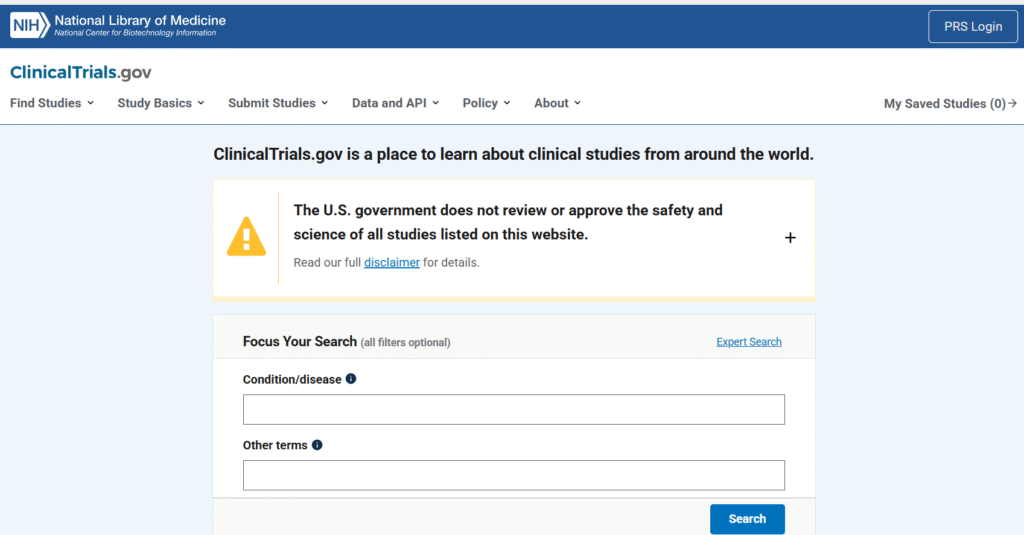15 Best Ways To Get Paid To Lose Weight

Picture this: you’re scrolling through your phone, wondering how to tackle those extra pounds, when suddenly you realize people are actually making money while shedding weight. Sounds too good to be true? Well, buckle up because I’m about to blow your mind with some seriously legit ways to turn your fitness journey into a money-making adventure.
As a finance expert who’s seen every money-making scheme under the sun, I can tell you that getting paid to lose weight isn’t just wishful thinking; it’s a real strategy that smart people use every day.
The beauty? You’re essentially getting rewarded for something you probably want to do anyway. It’s like finding money in your old jeans, except the jeans actually fit better afterward 🙂
Can You Get Paid To Lose Weight?
Absolutely, and here’s the financial reality check you need. Companies spend billions on health and wellness marketing every year. They understand that healthy customers stick around longer, buy more products, and cost less in healthcare claims.
Smart businesses have figured out that paying you to lose weight is actually a brilliant investment strategy.
Think about it from a finance perspective: insurance companies save money when their clients are healthier. Fitness brands build loyalty by supporting your journey. Research institutions need real data from real people. Everyone wins when you succeed at your health goals.
The money isn’t charity, it’s economics. You provide value (data, engagement, success stories), and they compensate you for it. Simple as that.
How To Get Paid To Lose Weight: Step-By-Step Guide
Let me walk you through this like I would explain any solid investment strategy. You need a plan, commitment, and the right tools to maximize your returns.
Step 1: Get Fitness Equipment And Workout Clothes
Here’s where most people mess up: they think they can wing it with their old college t-shirt and hope for the best. Wrong move. Treating this seriously from day one sets the psychological foundation for success.
You don’t need to blow your budget here. A decent pair of workout clothes, some basic equipment like resistance bands or dumbbells, and proper shoes will run you maybe $100-200 total. Consider this your business startup cost.
From a behavioral finance standpoint, this upfront investment creates what we call “loss aversion.” You’ve put money down, so you’re psychologically motivated to follow through. Plus, having the right gear eliminates excuses and makes you look the part.
Step 2: Set A Goal
Goals without deadlines are just dreams, and dreams don’t pay bills. You need SMART goals: Specific, Measurable, Achievable, Relevant, and Time-bound.
Instead of saying “I want to lose weight,” try “I want to lose 15 pounds in 4 months while earning $300 through fitness apps and challenges.” See the difference? One’s vague wishful thinking, the other’s a business plan.
Break it down monthly: maybe 3-4 pounds per month, $75 in earnings per month. Track both metrics religiously. What gets measured gets managed, and what gets managed gets rewarded.
Step 3: Join A Weight Loss Program
This is where the magic happens. You’re not just working out anymore, you’re participating in a monetized ecosystem. Choose programs that align with your timeline and financial goals.
Some programs require upfront bets (more on this later), while others pay you outright for participation. Diversify your approach like any smart investor would. Don’t put all your eggs in one fitness basket.
Step 4: Track Your Progress
Documentation isn’t just for your personal motivation; it’s your proof of work. Many payment programs require photographic evidence, weight verification, and activity logs.
Treat this like business bookkeeping. Take weekly photos, log your workouts, track measurements, and keep receipts for any fitness-related expenses (they might be tax-deductible if this becomes a significant income source).
15 Best Ways To Get Paid To Lose Weight
Ready to turn your fitness goals into financial gains? Here’s your complete playbook, ranked by earning potential and effort required.
10 Apps That Pay You To Lose Weight
1. WayBetter

Earning Potential: $50-500+ per challenge
WayBetter operates on a brilliant premise: put your money where your mouth is. This isn’t your typical fitness app; it’s more like a financial contract with yourself that has serious upside potential.
Here’s how it works: you bet money on yourself completing specific fitness challenges. The app takes bets from multiple participants, and winners split the pot from those who don’t complete their goals. Think of it as a fitness-focused investment pool where your returns depend on your commitment.
The smart money strategy here is starting small. Bet $25 on a walking challenge first, build confidence, then scale up to bigger bets with higher payouts. I’ve seen people win $300+ on single challenges, but remember, others lost money to fund those winnings.
Pro tip: Their quiz system weeds out casual participants, which actually increases your odds if you’re serious about following through.
2. HealthyWage
Earning Potential: $100-10,000+ per challenge
HealthyWage is the heavyweight champion of weight-loss betting. They’ve paid out over $13 million to winners, and their HealthyWager challenges can net you serious cash.
Their individual challenges let you bet on your own weight loss goals. Put down $125 per month for 10 months, lose 10% of your body weight, and you could walk away with $1,500+. The exact payout depends on your personal stats and betting amount.
But here’s where it gets interesting: their team challenges and corporate programs offer even bigger prizes. Some jackpots reach $10,000 for group competitions. Companies sponsor these to motivate employee wellness, creating massive prize pools.
Financial reality check: The house always takes a cut, but if you’re confident in your ability to stick to a plan, the expected value can be positive. Just don’t bet money you can’t afford to lose.
3. DietBet
Earning Potential: $50-200+ per challenge
DietBet keeps things simple with two main programs. Their Kickstarter challenges (lose 4% in 4 weeks) typically require $25-35 bets, while Transformer challenges (10% in 6 months) run $125-150.
The beauty of DietBet is transparency. They show you exactly how much money is in each pot before you join. Winners split the pot based on their percentage of weight lost, minus DietBet’s fees.
From a risk management perspective, the shorter Kickstarter challenges offer better odds for beginners. Four weeks is manageable, and 4% weight loss is achievable without extreme measures. I particularly like that they require photo verification; it keeps everyone honest.
4. Competish
Earning Potential: $100-500+ per private challenge
Competish brings friendly competition into your inner circle. You create private weight loss challenges with friends, family, or coworkers, setting your own rules and entry fees.
The minimum bet is $25 per person, but I’ve seen groups go as high as $200 each. With 10 people betting $50 each, the winner takes home $450 (after Competish’s fee). Not bad for beating your friends at something you wanted to do anyway!
The psychological advantage here is huge. You’re not competing against strangers; you’re proving yourself to people who matter to you. That social pressure is worth its weight in gold (pun intended).
5. Evidation

Earning Potential: $50-200+ per year (steady passive income)
Evidation takes a completely different approach. Instead of betting, you earn points for healthy activities: walking, logging meals, taking surveys, and participating in research studies.
Here’s what I love about this model: it’s pure passive income. Connect your fitness tracker, go about your normal routine, and points accumulate automatically. Every 10,000 points equals $10, which might not sound like much, but it adds up over time.
The real money comes from their research studies. Health companies pay Evidation for anonymous data about user habits, and they pass some of that revenue to you. I’ve seen study payouts ranging from $25-200, depending on the research requirements.
6. Sweatcoin
Earning Potential: $50-150+ per year (product rewards)
Sweatcoin gamifies walking by converting your steps into digital currency. Every 1,000 steps nets you 0.95 Sweatcoins, which you can spend in their marketplace on everything from fitness gear to gift cards.
While you can’t directly cash out Sweatcoins, the marketplace value is real. I’ve redeemed coins for Amazon gift cards, workout equipment, and even premium app subscriptions. It’s essentially getting paid to do something you’d do anyway, walking.
The app runs continuously in the background, so it’s truly passive income. Just remember to check the marketplace regularly for good deals, as popular items sell out quickly.
7. StickK
Earning Potential: Break-even to modest gains
StickK operates on commitment device theory; you put money at risk to motivate behavior change. Set a weight loss goal, put money on the line, and if you succeed, you get your money back (plus potentially some winnings from others who failed).
This isn’t a get-rich-quick scheme, but it’s psychologically powerful. Studies show people work harder to avoid losing money than to gain the same amount. If you’re struggling with motivation, StickK might be the financial kick you need.
Strategy tip: Start with smaller amounts ($50-100) to test your commitment level before risking serious money.
8. Pact

Earning Potential: $10-50+ per week
Pact users achieve a 95% success rate on their fitness goals, which tells you something about their system. You make weekly commitments (gym visits, vegetable servings, step counts) and get paid when you complete them.
The payments come from people who missed their goals that week. It’s essentially a peer-to-peer motivation system with real money changing hands. Winners typically earn $0.30-2.00 per goal completion, which adds up when you’re consistent.
The app integrates with major fitness trackers for automatic verification, reducing the hassle of manual check-ins. PayPal payouts make it easy to access your earnings.
9. Fitcoin
Earning Potential: $100+ in product value annually
Fitcoin rewards workouts with cryptocurrency tokens you can spend on fitness products. While not direct cash, the product savings are real money in your pocket.
The tokenomics work in your favor: as more people join and exercise, the demand for fitness products through their platform increases, potentially increasing the value of your earned tokens. It’s like getting equity in your own fitness journey.
Connect multiple fitness trackers to maximize earning potential. Apple Watch, Fitbit, and smartphone apps all contribute to your token balance.
10. Achievement (Evidation): Reward For Health
Earning Potential: $100-300+ annually
Achievement rewards you for basically living a healthy life. Connect your fitness apps and devices, and they track everything: steps, sleep, heart rate, meditation sessions, and even health surveys.
The genius of their business model is data monetization. Health companies pay big money for anonymous wellness data, and Achievement shares those profits with you. Your health information becomes a revenue stream.
Beyond passive tracking, they offer high-paying research opportunities. Participate in a nutrition study for $150, test a new fitness app for $75, or complete health surveys for $5-25 each. It’s market research that pays.
Other Ways To Get Paid To Lose Weight
Apps are great for quick cash, but if you’re thinking bigger picture, these alternatives could turn your weight loss journey into a serious income stream.
1. Start Your Own Blog

Earning Potential: $500-5,000+ monthly (once established)
Weight loss blogging is a goldmine if you approach it strategically. The health and fitness niche generates billions in online revenue annually, and there’s always room for authentic voices sharing real experiences.
Here’s the financial breakdown: start a blog (hosting costs about $100/year), document your journey with photos and progress updates, and monetize through multiple streams:
- Google AdSense: $1-5 per 1,000 page views
- Affiliate marketing: 5-50% commission on products you recommend
- Sponsored posts: $500-2,500+ per post (once you have an audience)
- Digital products: Your own meal plans, workout guides, courses
The key is authenticity. People can smell fake fitness content from a mile away, but genuine transformation stories? Those go viral and make serious money.
2. Start A YouTube Channel
Earning Potential: $1,000-10,000+ monthly (established channels)
Video content performs incredibly well in the fitness space. People want to see real transformations, follow along with workouts, and hear honest reviews of products and strategies.
YouTube’s monetization threshold (1,000 subscribers, 4,000 watch hours) is totally achievable in the fitness niche. Weight loss content naturally gets high engagement because viewers are emotionally invested in the outcomes.
Revenue streams include:
- Ad revenue: $1-3 per 1,000 views
- Sponsorships: $1,000-10,000+ per video (established channels)
- Affiliate marketing: Fitness equipment, supplements, courses
- Channel memberships: $5-25/month per subscriber
Document everything: meal prep, workouts, weigh-ins, and shopping trips. People love behind-the-scenes content, and consistency builds loyal audiences that translate to steady income.
3. Create An Online Course
Earning Potential: $2,000-20,000+ per course launch
Your weight loss journey is intellectual property waiting to be monetized. Package your experience into a comprehensive course covering nutrition, exercise, mindset, and practical implementation.
Platforms like Udemy and Teachable handle the technical stuff while you focus on content creation. Price your course between $97-297 based on the depth and results you can demonstrate.
Course topics that sell well:
- “30-Day Transformation System”
- “Busy Professional’s Weight Loss Blueprint”
- “Sustainable Weight Loss Without Gym Memberships”
- “Plant-Based Weight Loss for Beginners”
One successful course can generate passive income for years. Students pay once, access forever, and you get paid repeatedly for work done once. That’s leverage at its finest.
4. Build A Following On Social Media
Earning Potential: $500-15,000+ monthly (influencer level)
Social media influence in the fitness space is incredibly valuable. Brands desperately want authentic voices to promote their products because traditional advertising doesn’t work anymore, and people trust real people over polished ads.
Instagram fitness influencers with 10,000+ followers can charge $100-500 per sponsored post. Reach 100,000 followers, and you’re looking at $1,000-3,000 per post. TikTok fitness content regularly goes viral, creating overnight success stories.
Monetization strategies:
- Sponsored posts and stories
- Affiliate marketing for fitness products
- Brand ambassadorships with monthly retainers
- Selling your own meal plans and workout guides
- Live coaching sessions and consultations
The trick is building genuine engagement. A thousand engaged followers who actually care about your journey are worth more than 10,000 passive observers.
5. Become A Weight Loss Study Participant

Earning Potential: $500-5,000+ per study
Research institutions and pharmaceutical companies constantly need study participants for weight loss research. This is legitimate scientific work that contributes to medical advancement while padding your bank account.
Universities, medical centers, and research hospitals regularly run studies testing new weight loss medications, behavioral interventions, or fitness technologies. Compensation varies widely based on study duration, required time commitment, and potential risks involved.
Where to find opportunities:
- ClinicalTrials.gov
- University research departments
- Medical centers in your area
- Online research platforms like ResearchMatch.org
Always read the fine print and understand what you’re signing up for. Some studies require extensive time commitments, medical tests, or specific dietary restrictions. But for the right study, the compensation can be substantial.
Final Thoughts On How To Get Paid To Lose Weight
Look, getting paid to lose weight requires the same discipline as any other income stream. The apps provide motivation and modest returns, but the real money comes from treating your fitness journey as a business opportunity.
The fitness industry is worth over $96 billion globally, and it’s growing every year. People will always pay for proven weight loss strategies, authentic transformation stories, and motivation from real people who’ve walked the path.
Disclaimer: Always consult healthcare professionals before starting any weight loss program.








